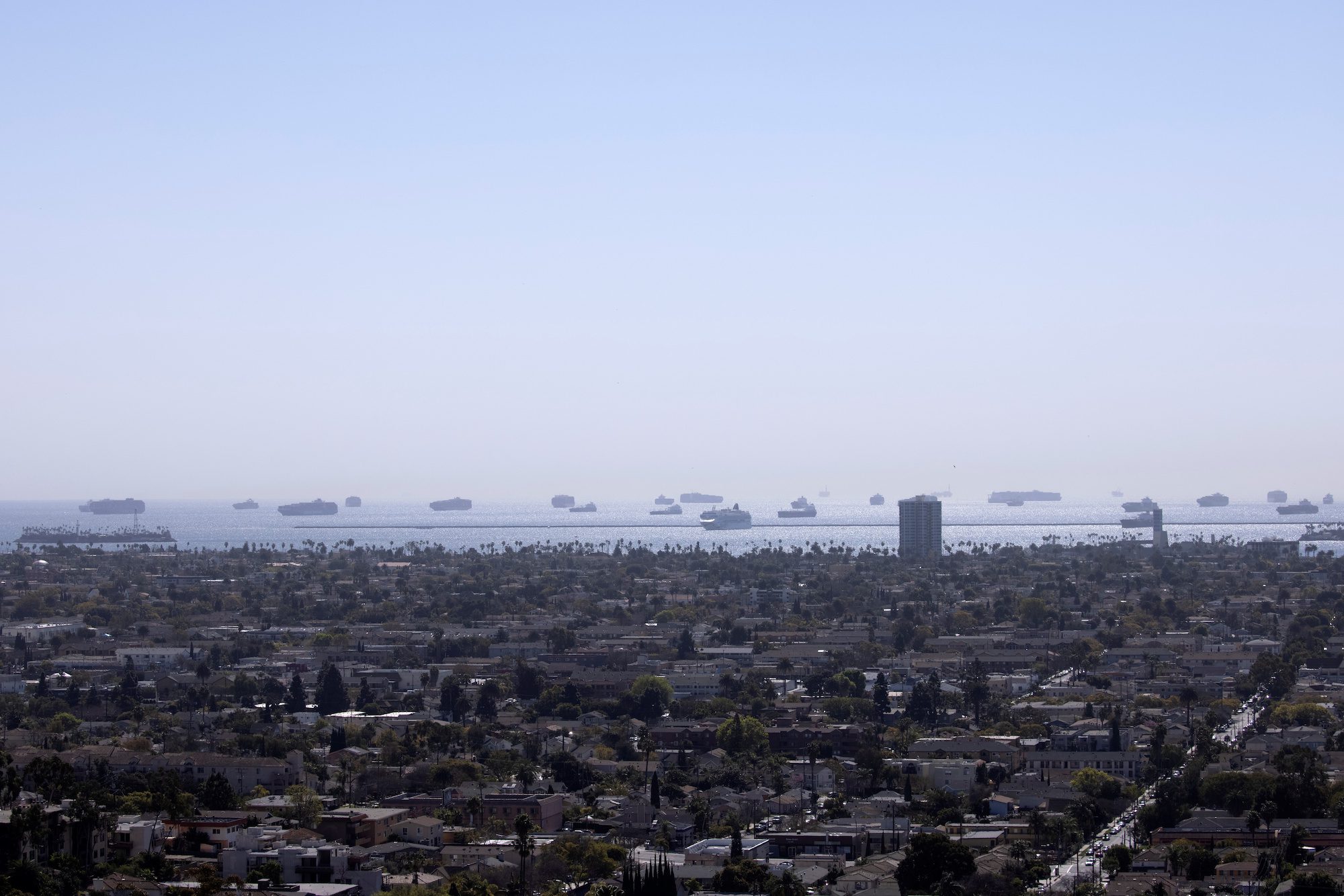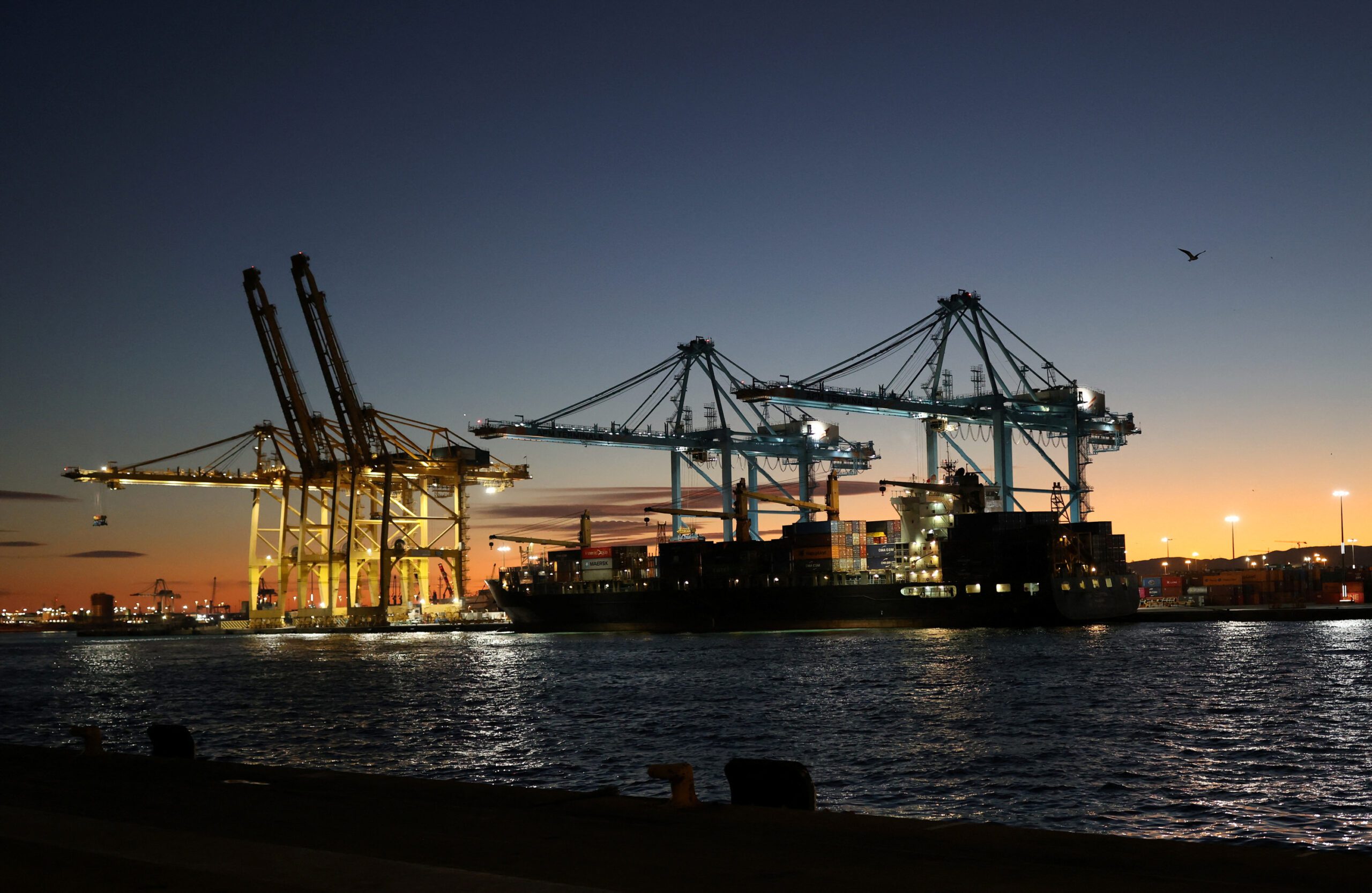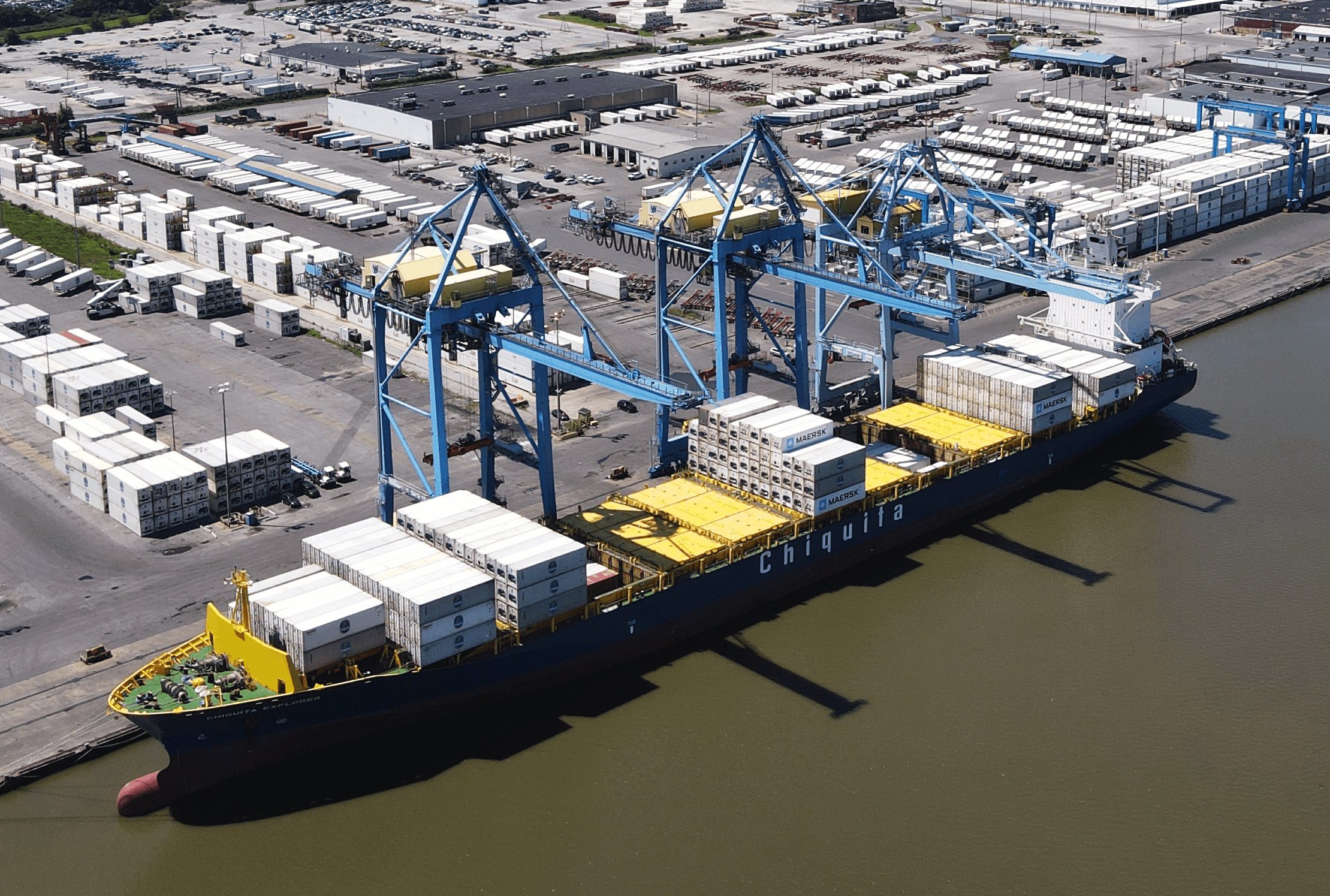By Mike Wackett (The Loadstar) –
Major port and landside congestion at US west coast ports could last until the summer peak season, according to ocean carriers attending the JOC’s virtual TPM21 conference this week.
Ocean Network Express (ONE) CEO Jeremy Nixon and Hapag-Lloyd CEO Rolf Habben Jansen both warned of a “difficult” period leading up to the start of the traditional peak season.
MSC’s US president and CEO, Fabio Santucci, said he believed the supply chain disruptions on the transpacific were “temporary issues”, which would be resolved in the long-term.
He said it was “very difficult to predict” when things would get back to normal, given that carriers had not seen the usual slowdown after the Chinese new year and MSC’s “pipeline of cargo and projections very strong”.
Mr Santucci called for cooperation across all supply chain stakeholders, with “constant and effective cooperation and communication with partners, vendors and clients” being key to a “more balanced situation”.
“No one saw this coming,” he said , referring to the unprecedented spike in demand for US imports in the second half of last year. Around the second half of July, MSC started to see a strong pick-up in demand.
“We were talking to shippers and customers in March and April, and no one envisaged what was about to come. We saw spikes of 50%-100% of cargo volume entering the US, especially on the west coast,” he said, which had put a “massive strain” on a system designed to handle an occasional surge of cargo, ‘but not a sustained surge over more than 30 weeks”.
“We have been using all of the vessels in our fleet and more,” said Mr Santucci, adding that “every available container” had been used, even those that needed repairs, in order to increase equipment inventory.
“It’s not that we didn’t have enough containers or there was not enough chassis available, it was the increased street dwell and over utilisation that has been above and beyond the normal average causing the supply chain issues,” he added.
In order to overcome the congestion at the San Pedro Bay container hubs, MSC had looked to find some “creative alternatives”, diverting cargo to other west coast, east coast and Gulf coast ports.
According to port of Los Angeles Signal port optimiser data, the average time ships are waiting at an anchorage for a berth is now almost eight days, with for instance, the 9,400 teu CMA CGM Elbe recorded as being at anchor for 12 days. Moreover, when vessels do get a berth, operations are hit by congestion on the terminals.
“Some of our vessels are alongside for 11 days to discharge,” said ONE’s Mr Nixon.
The Loadstar is known at the highest levels of logistics and supply chain management as one of the best sources of influential analysis and commentary.
Sign up for our newsletter

 Join The Club
Join The Club











